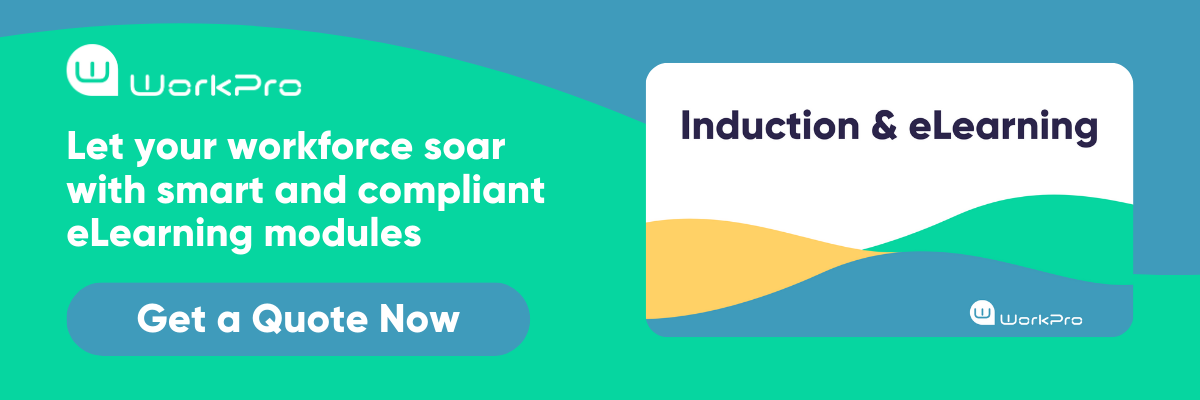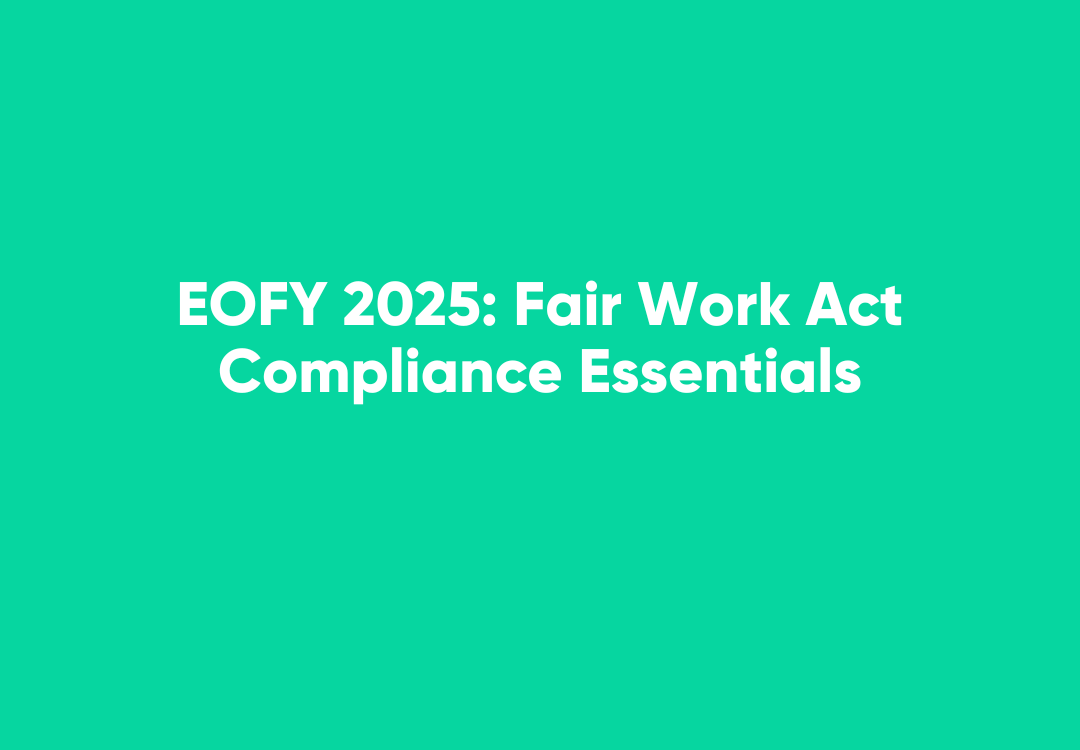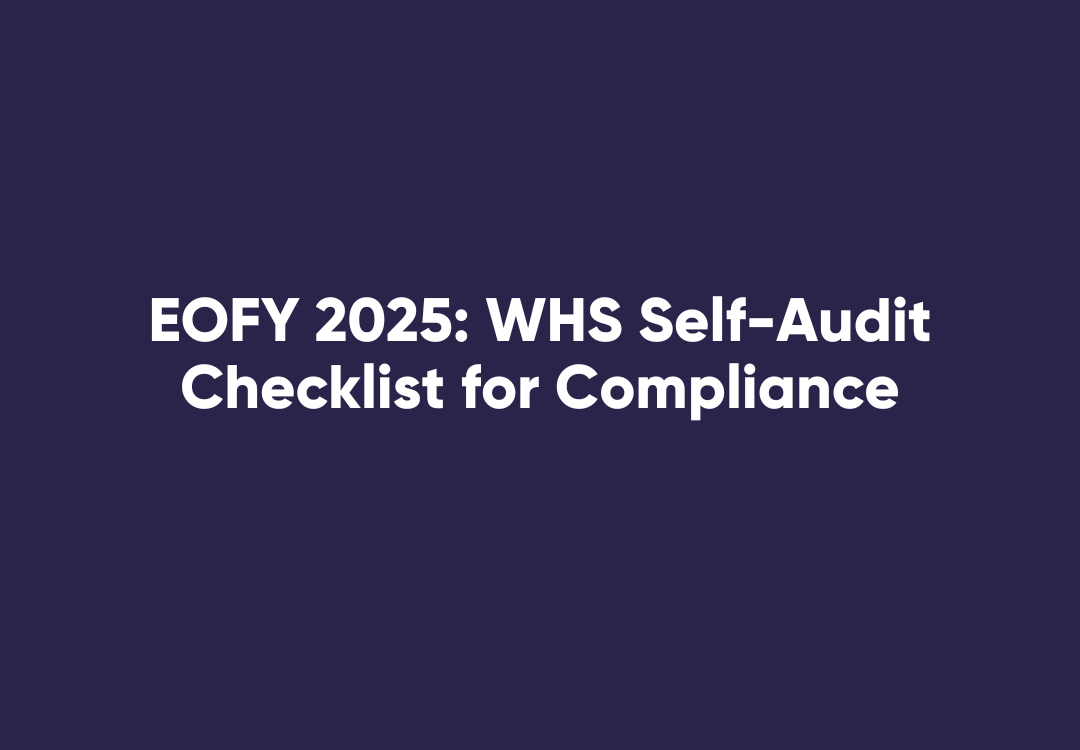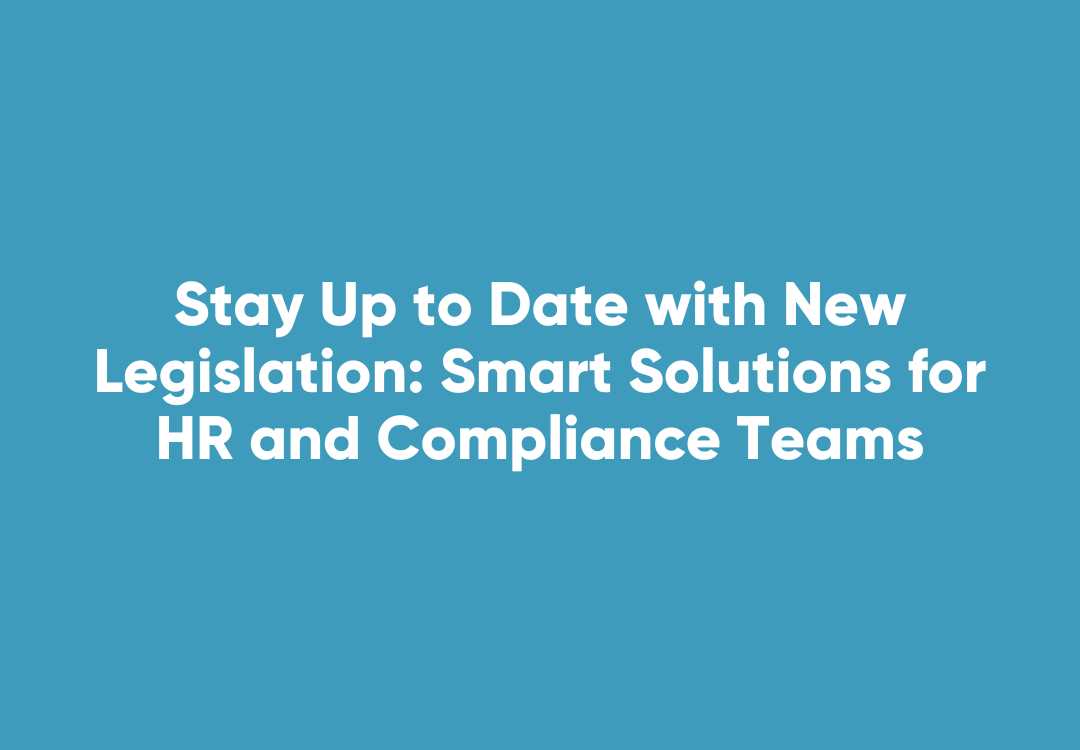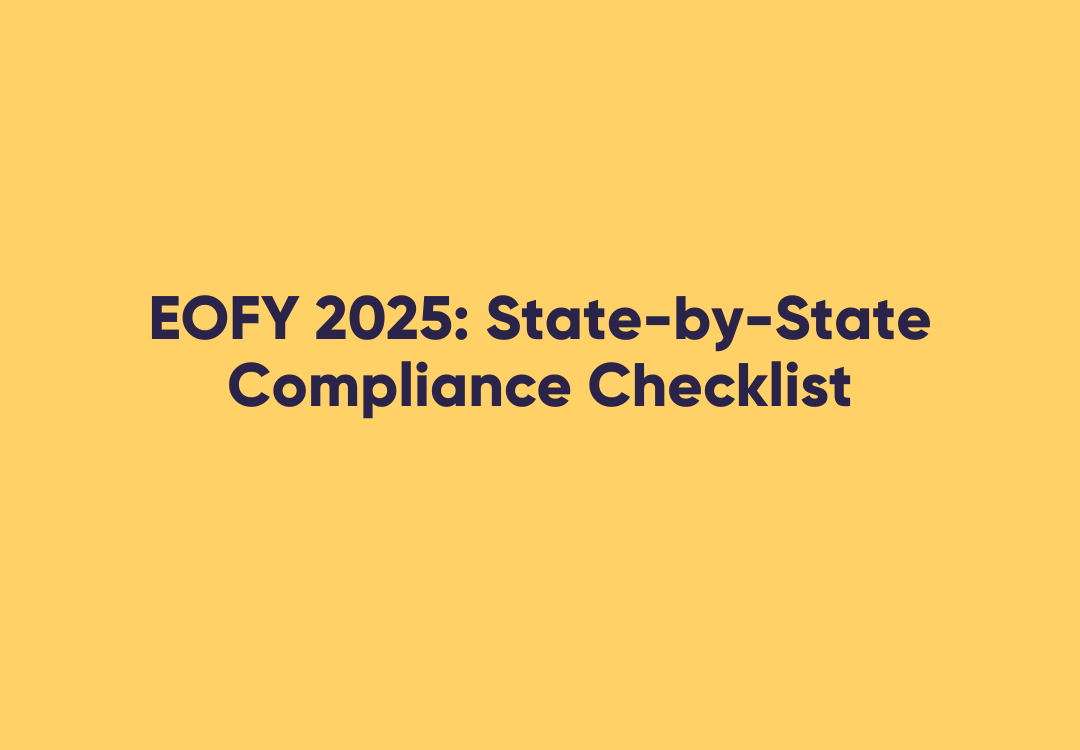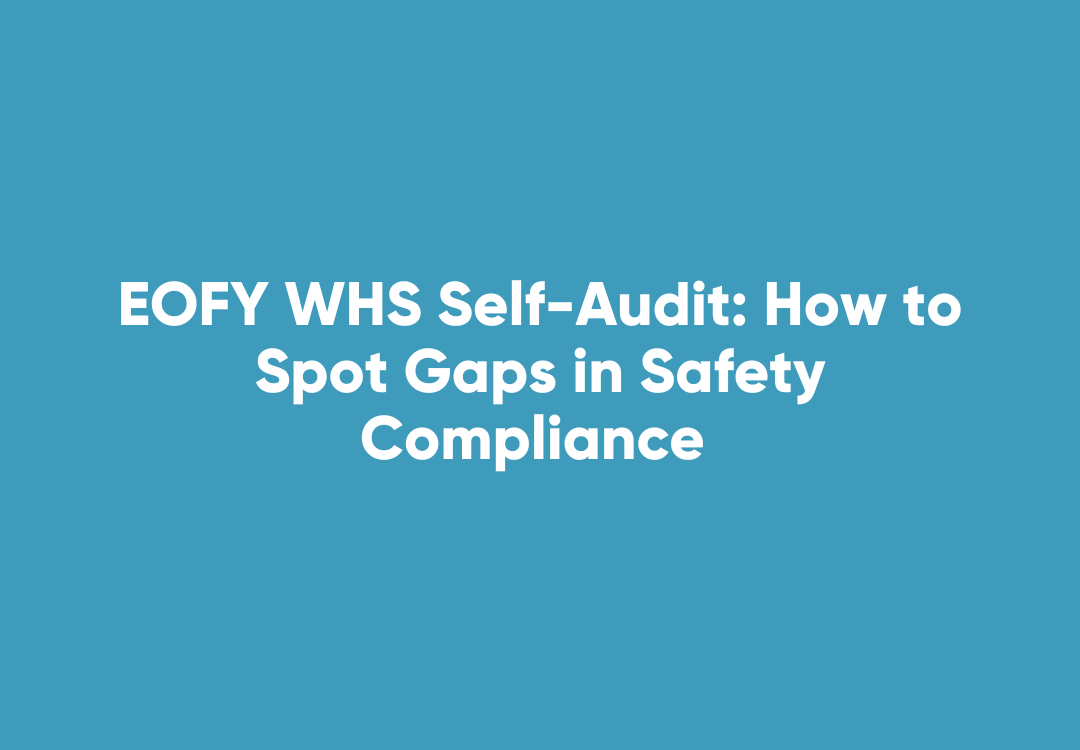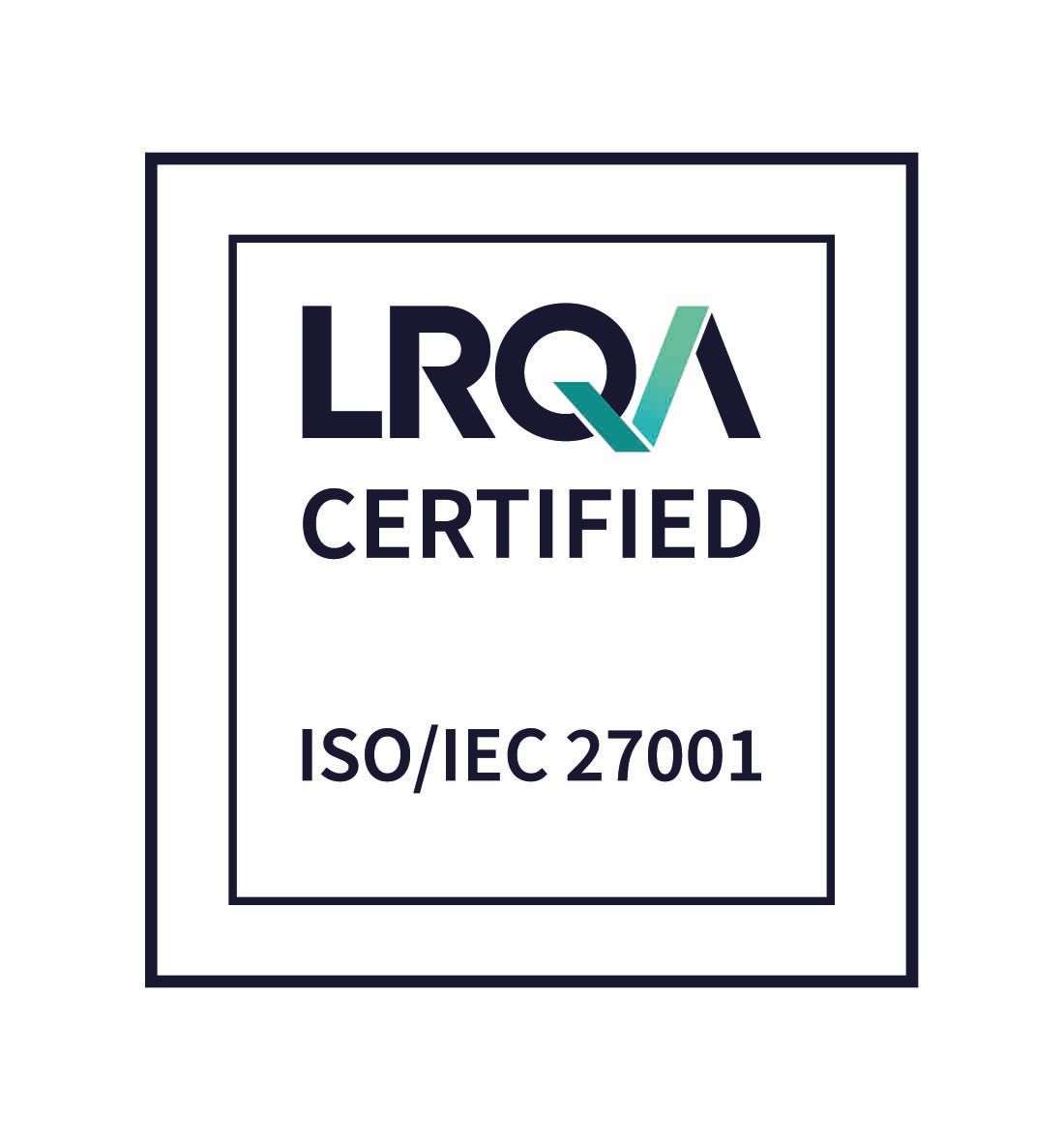Five Tips for Preventing Falls in Your Workplace
Falls from height are a major cause of injury and death in many industries.
In fact, between 2006 and 2009, almost 7,000 workers were hospitalised as a result of falling, according to figures collated by Safe Work Australia.
While many of these incidents took place in blue-collar sectors such as construction, transport and storage, and agriculture, forestry and fishing, it’s worth keeping in mind that falls are a potential hazard in just about every working environment.
Given the prevalence of fall-related accidents, it’s vital that you have the right workplace health and safety (WHS) processes in place to minimise the risk of such an event taking place in your company.
Here are five practical tips you can follow to prevent falls in the workplace and make your working environment a safer place for all:
1. Always work on the ground or a solid platform
Moving work processes to the ground level is the best way of preventing falls.
The most effective way of preventing falls is to eliminate the need to work from height.
Shifting operations to ground level and being diligent about removing loose obstacles and other tripping hazards can play an important role in reducing the chances of a fall.
Of course, this isn’t always possible and there are any number of reasons why you may require your employees to operate from an elevated position.
If your processes involve working at height, be sure that working platforms are strong, solid, and of an adequate size for the task at hand.
Speak to a safety specialist to help identify the type of platform and associated safety equipment that will best suit your needs.
2. Check scaffolding regularly
Regularly inspect scaffolding to keep employees safe when working at height.
One example of a platform you may use as a working area is scaffolding. Versatile, inexpensive and very effective – when used properly – at preventing falls, scaffolding is the structure of choice for many enterprises that conduct a lot of work at height.
To ensure that it’s safe and fit for purpose, Safe Work Australia explained that scaffolding should be examined by an expert before use and after any event that could impact its integrity, such as a storm, vehicle collision, large impact, etc.
In addition, scaffolding should also be closely inspected at least every 30 days and always after any repairs or maintenance have been carried out on it.
Keeping employees up to date on best safety practices when working with scaffolding and at height with relevant WHS training and induction can further minimise the risk of falls.
3. Know when to use a fall-arrest system
Employees working in particularly hazardous environments may require fall-arrest systems.
If you operate in a particularly hazardous industry, you may make use of a fall-arrest system or a restraint system.
Both methods can be effective at preventing falls, but it’s important to know the differences between the systems and when you should be using one in favour of the other.
The Western Australia Commission for Occupational Safety and Health explained that you should always use a fall-arrest system in the following circumstances:
- The working area is on a slope of more than 15 degrees
- There’s a risk of the employee falling through a surface
- The worker could potentially move to a position where a fall could occur
- The length of the employee’s restraint line can be adjusted so that free fall is a possibility
- It’s likely that a misuse of the safety system could result in free fall
4. Ensure perimeter guard rails can withstand potential loads
Boost health and safety procedures by installing guard rails around risky work spaces.
Guard rails can be installed in almost every working area and are a great tool for preventing falls around roofs, walkways, ramps and openings in the floor.
How tall should they be and how much weight do they need to be able to support?
As New South Wales Work Cover explained, perimeter guard rails should include a top rail 900 mm to 1,100 mm above the working surface and feature a mid rail and a toe board.
Guard rails should be able to carry the weight of a falling person, though the resistance they need to be able to support will vary depending on the height and angle of the working surface.
5. Incorporate WHS training into your induction
Create a culture of safety right from the get-go with WHS training services.
Fostering a workplace culture that values the importance and recognition of WHS is another effective way of preventing falls.
By encouraging employees to be more mindful of their actions and the space in which they operate, you’ll be better positioned to reduce falls and minimise injuries amongst staff.
The best time to start cultivating this culture is at the point of hire.
Incorporating comprehensive WHS training into your induction process allows you to get new employees up to speed on best safety practices when working at height and enable you to keep your company operating safely and efficiently.


